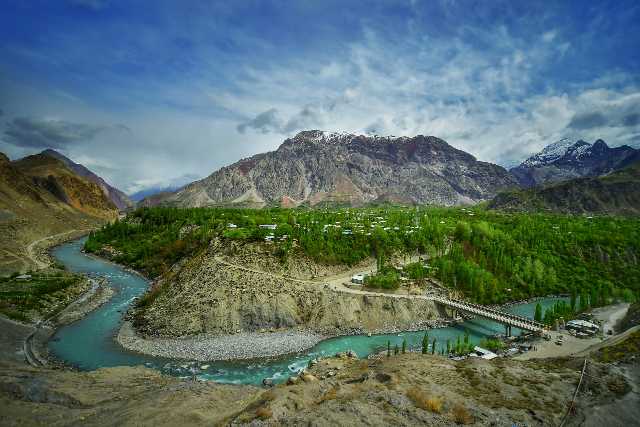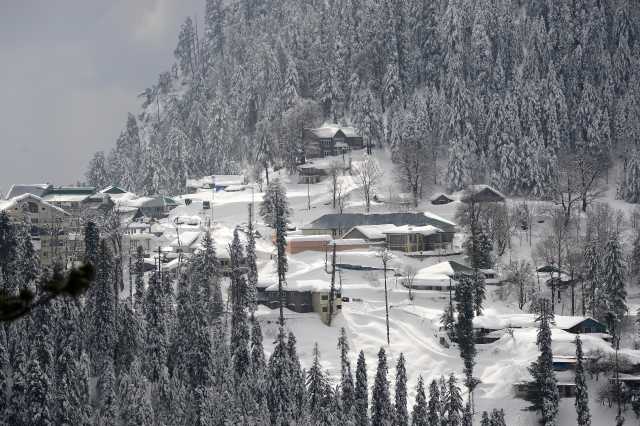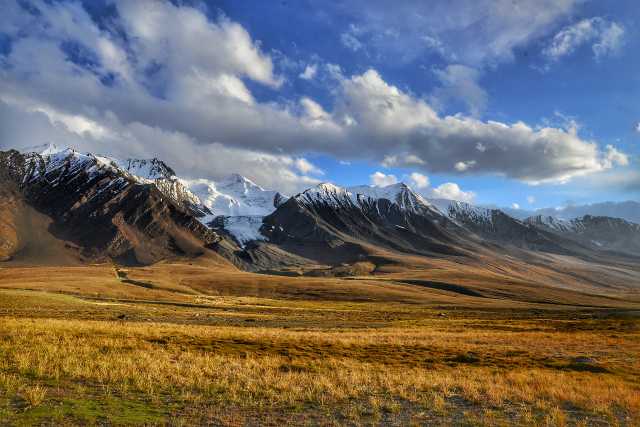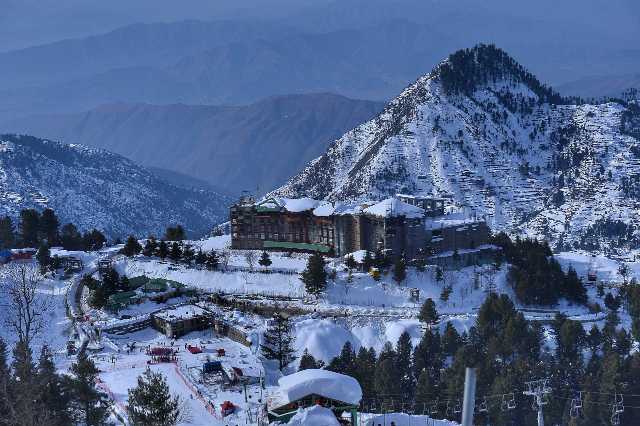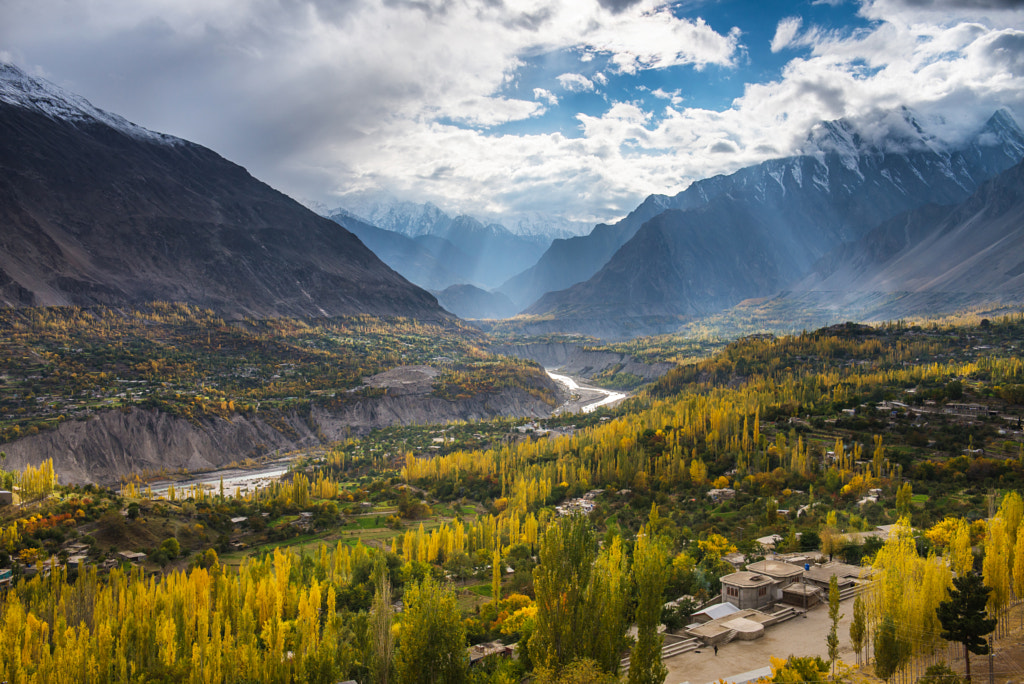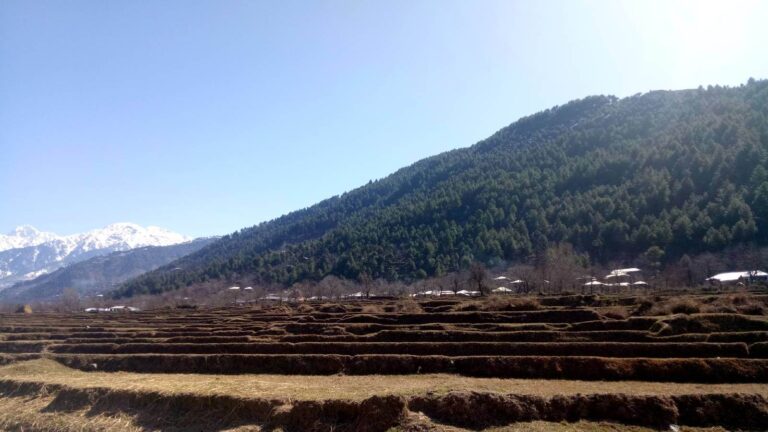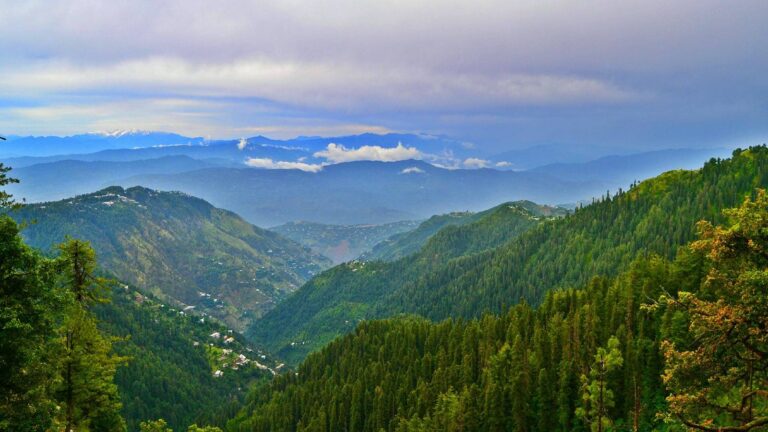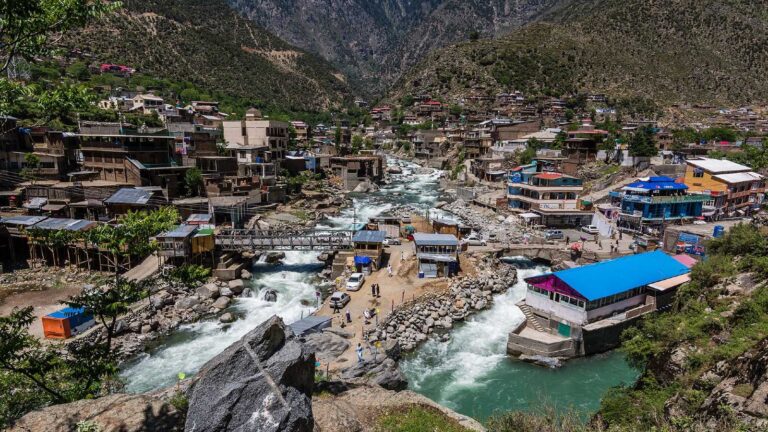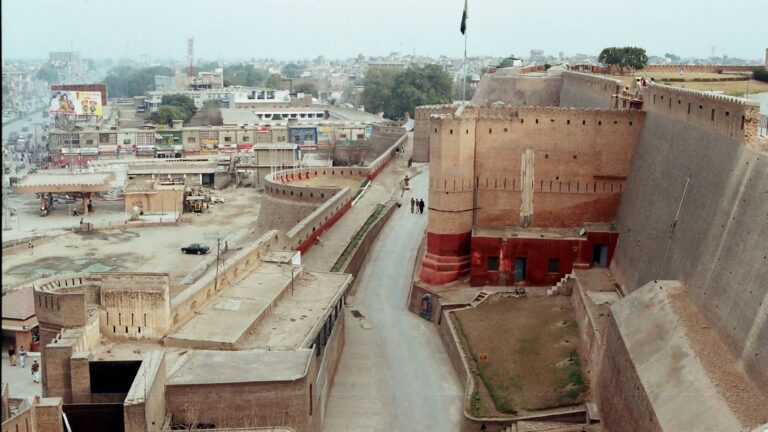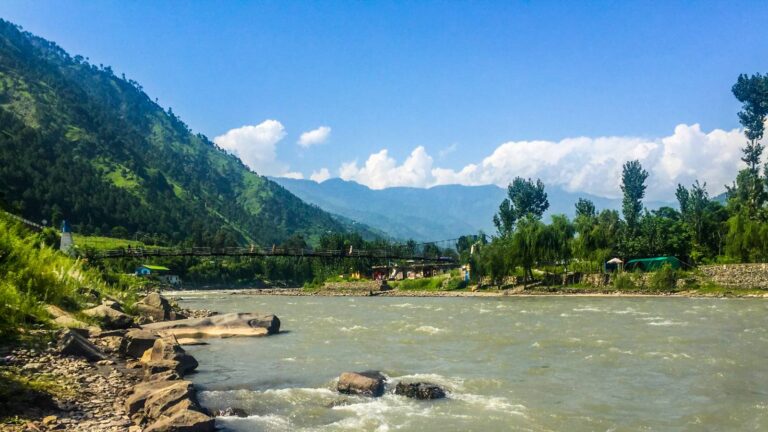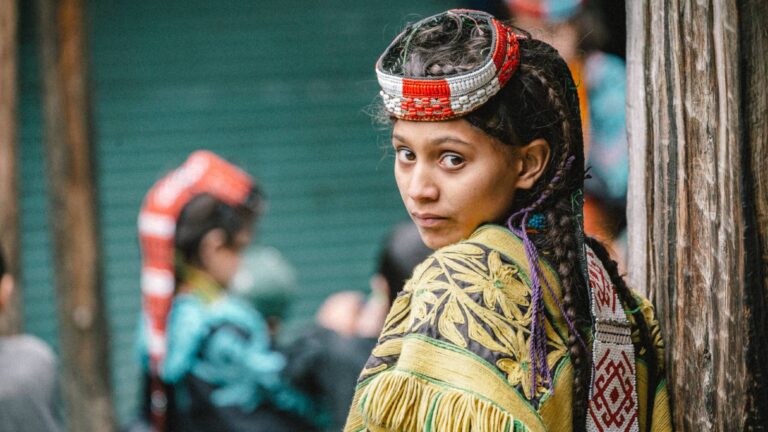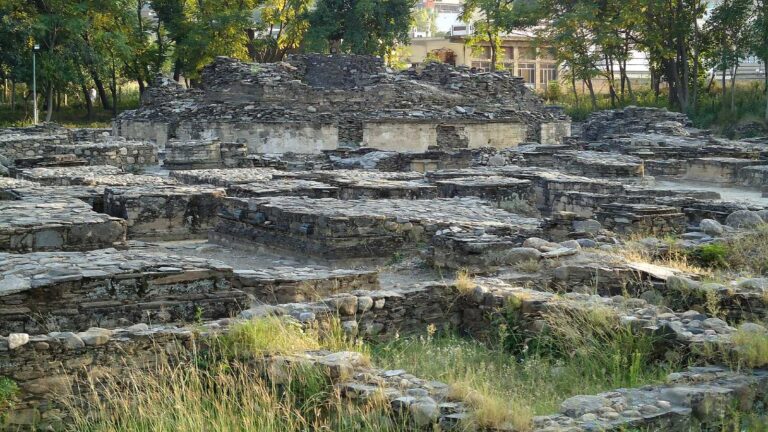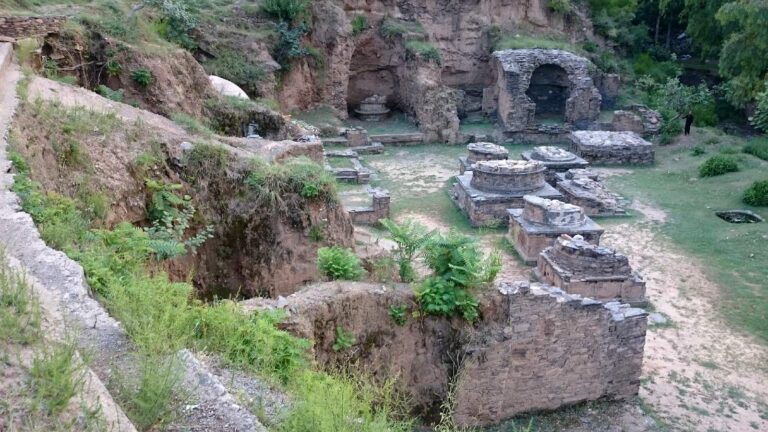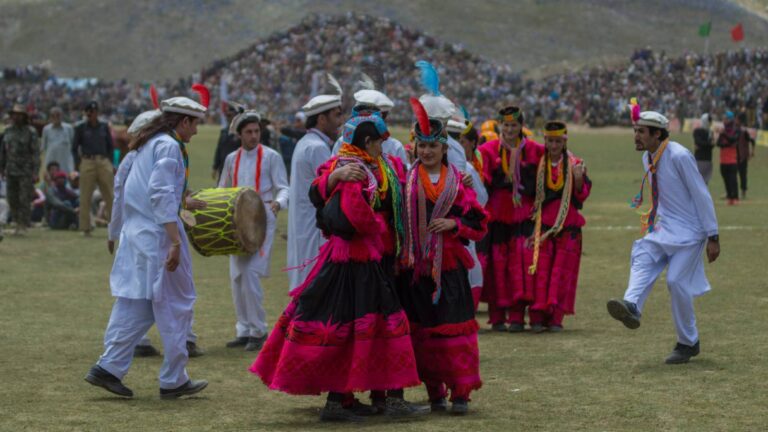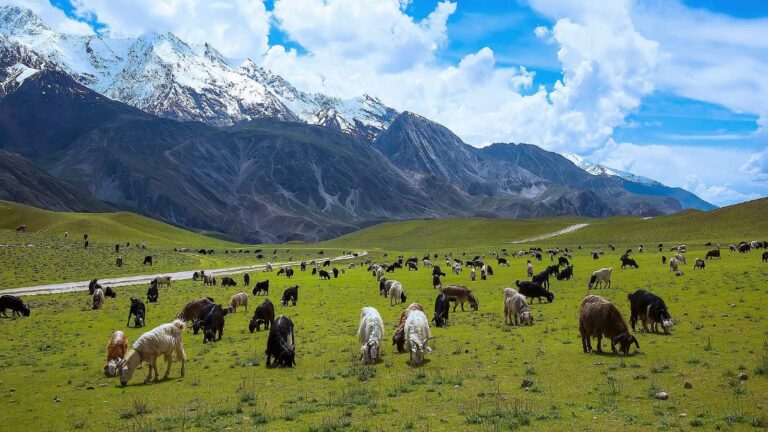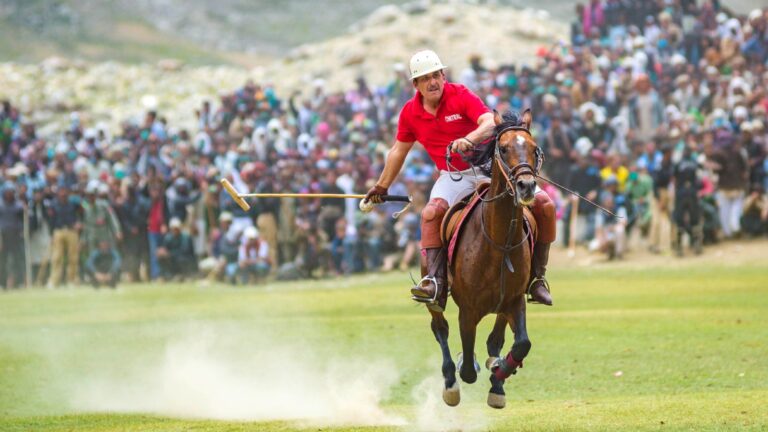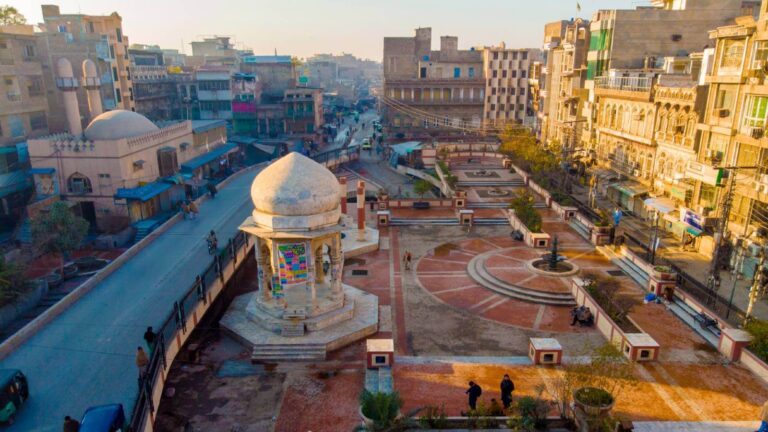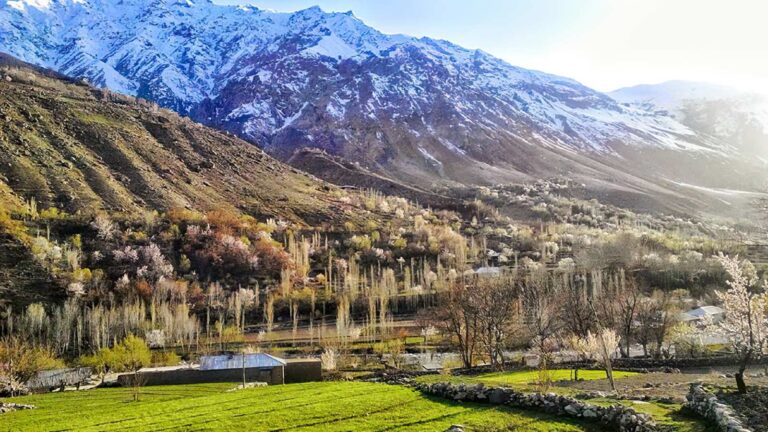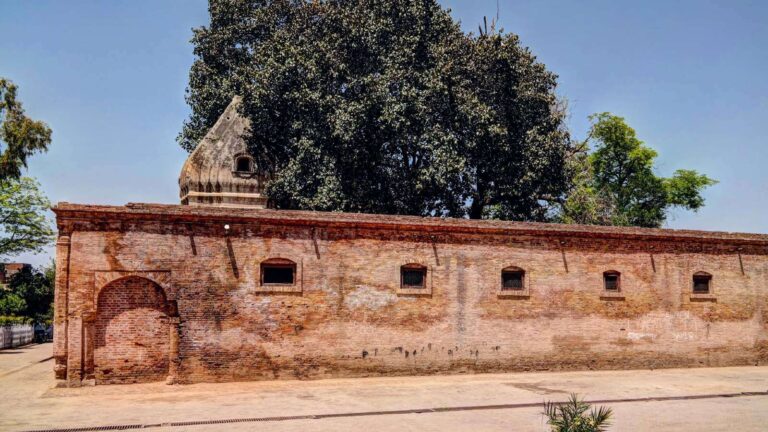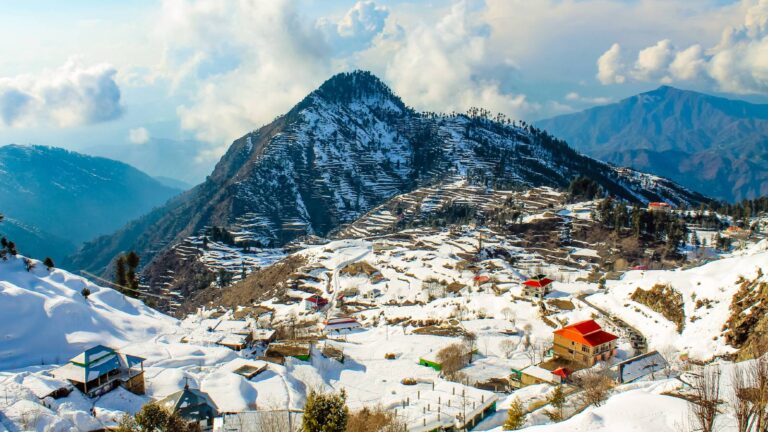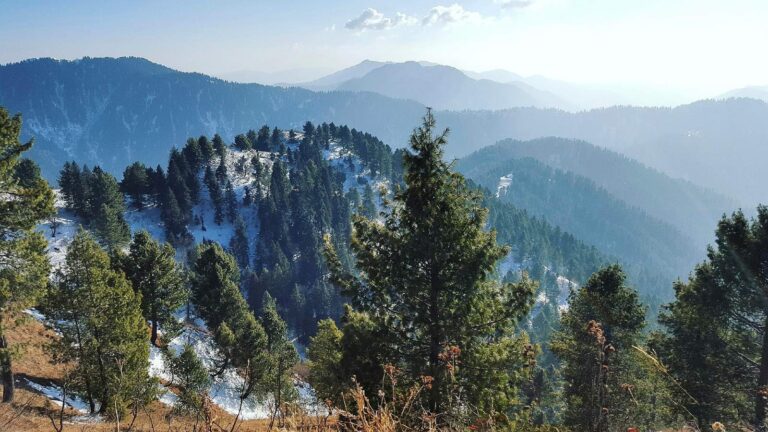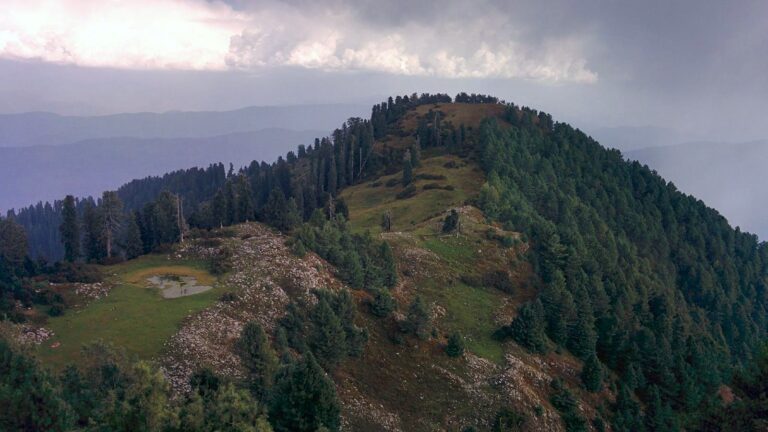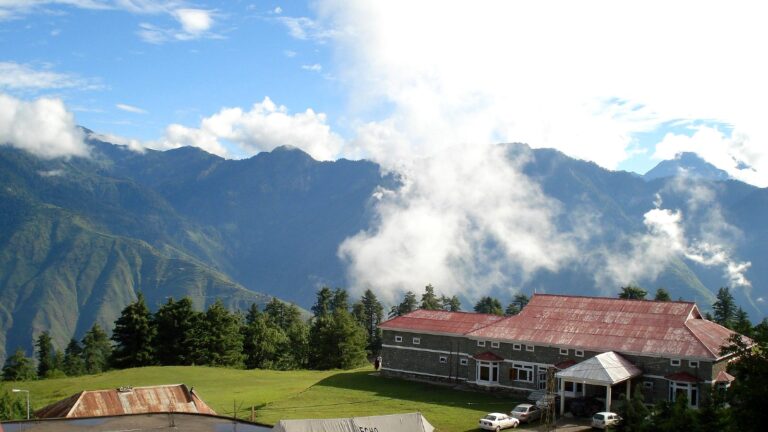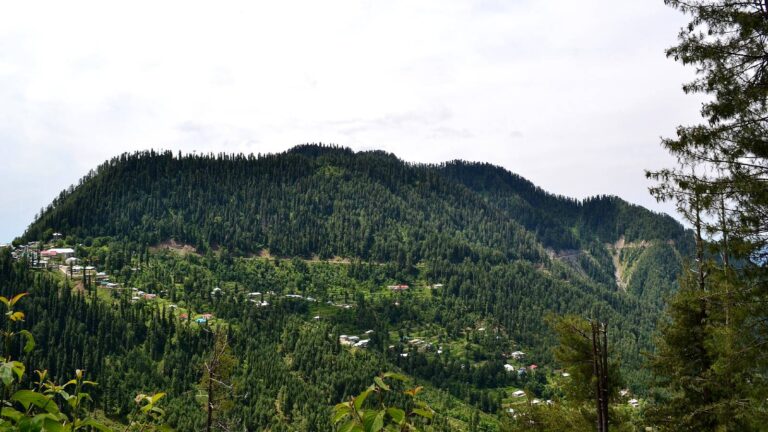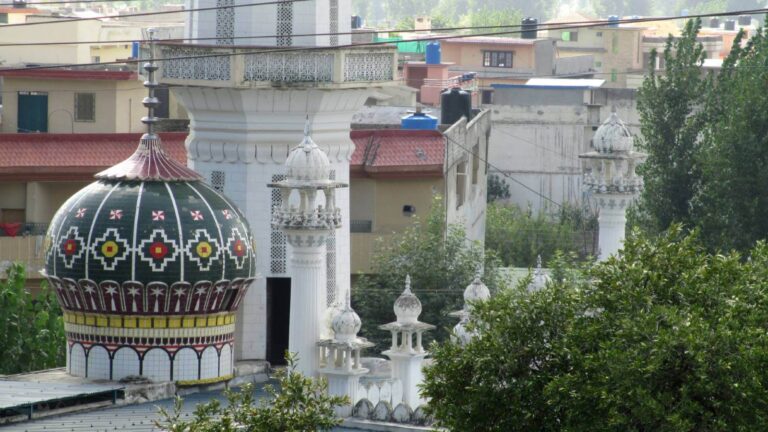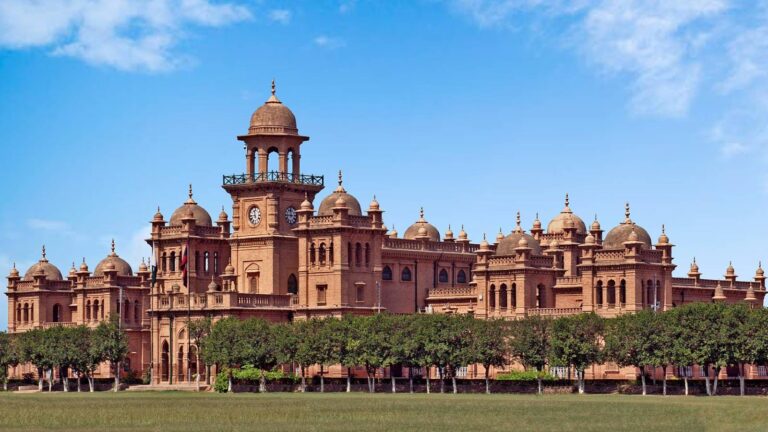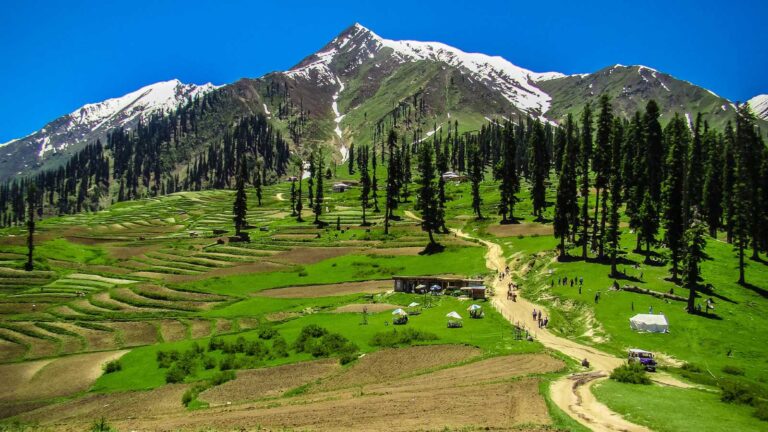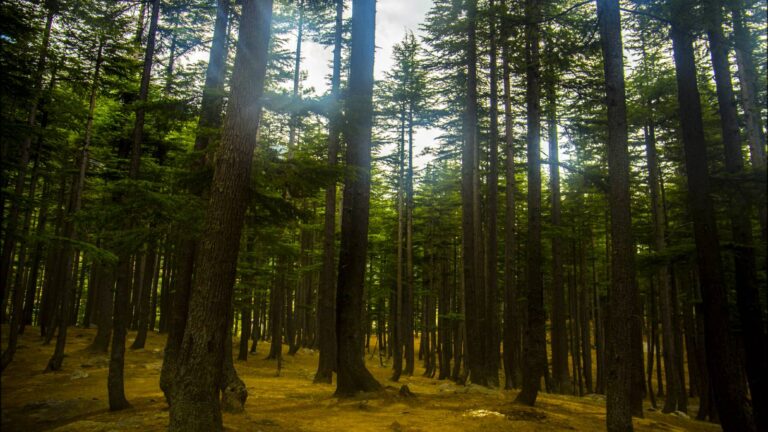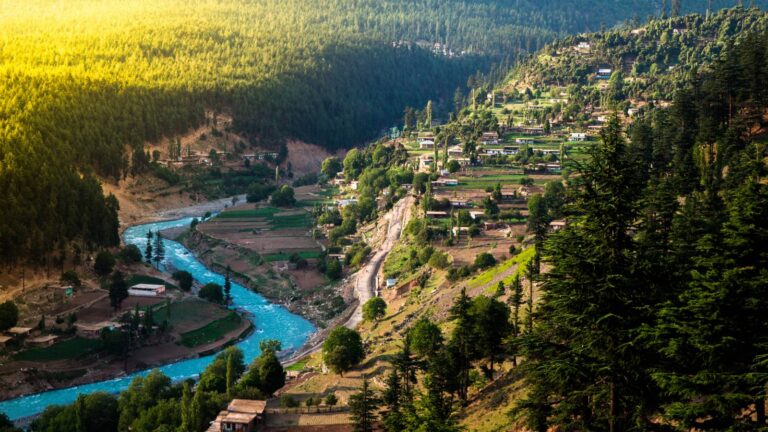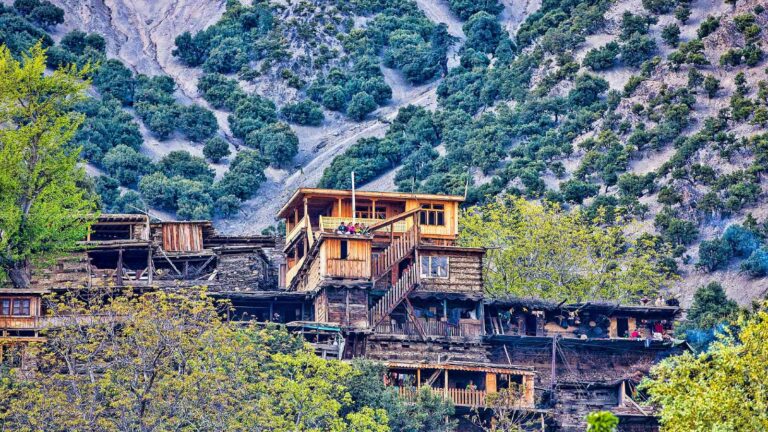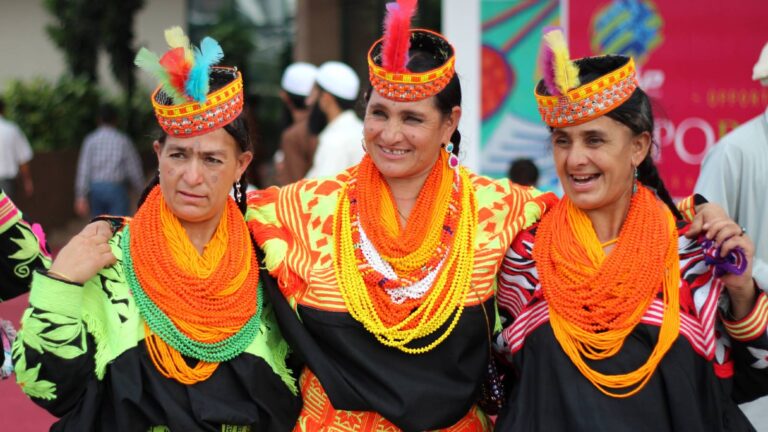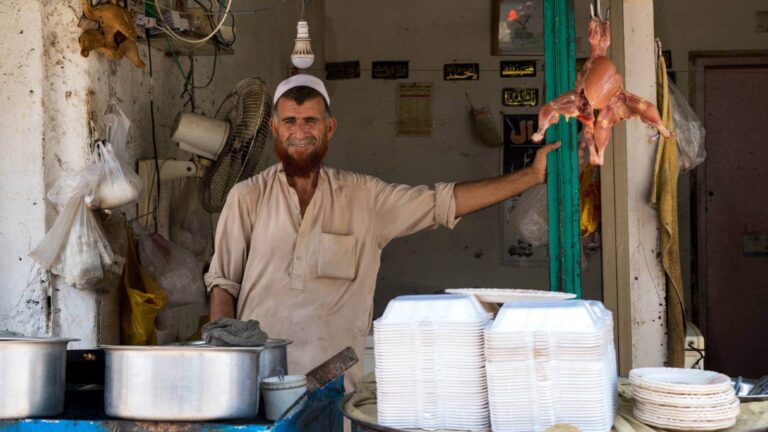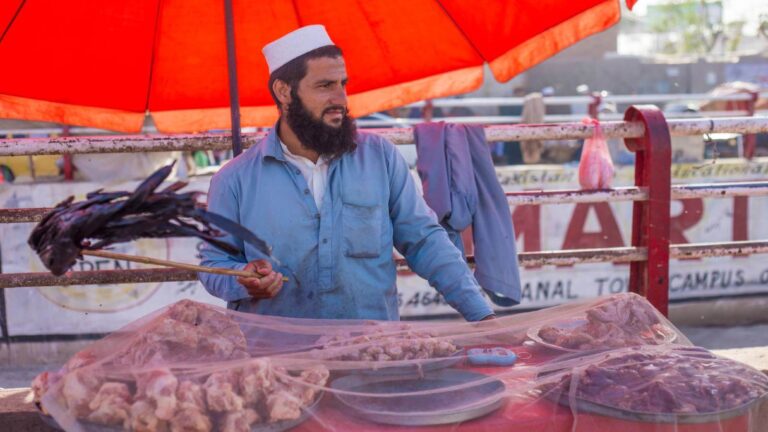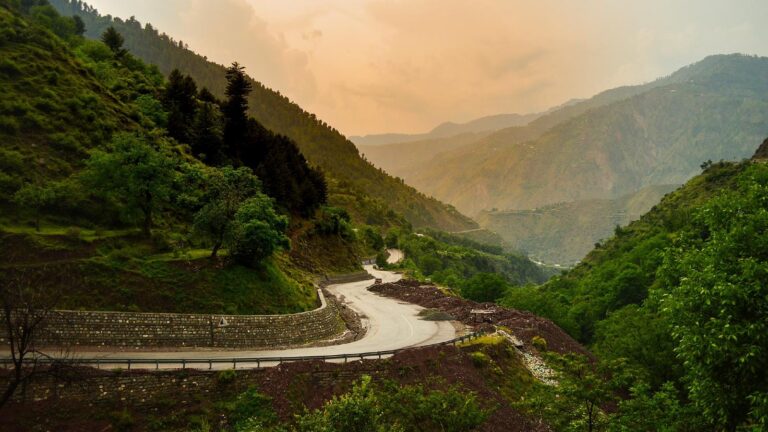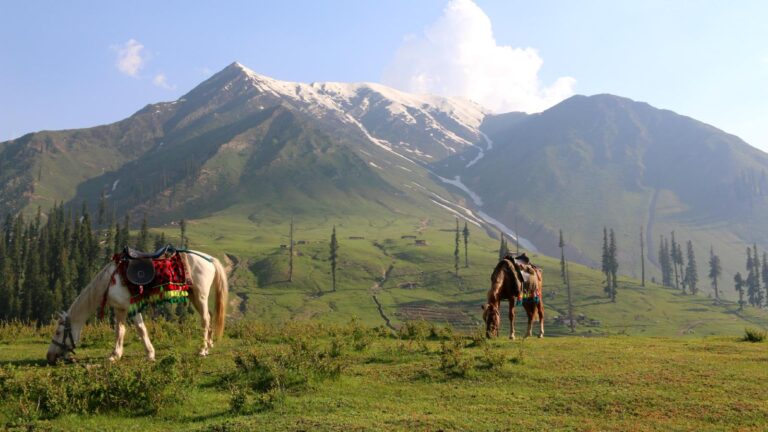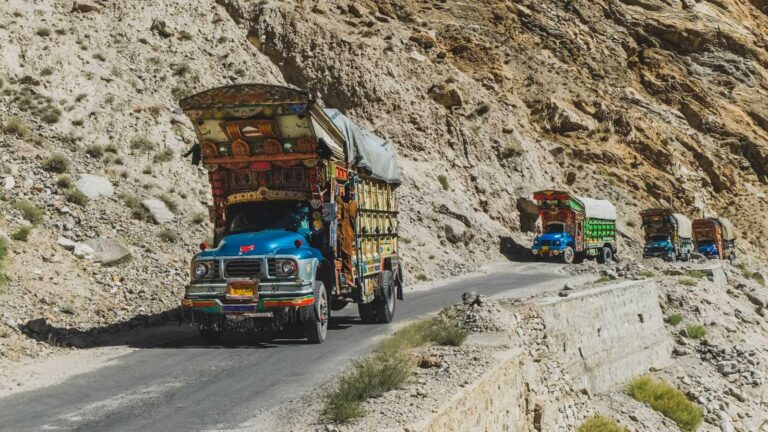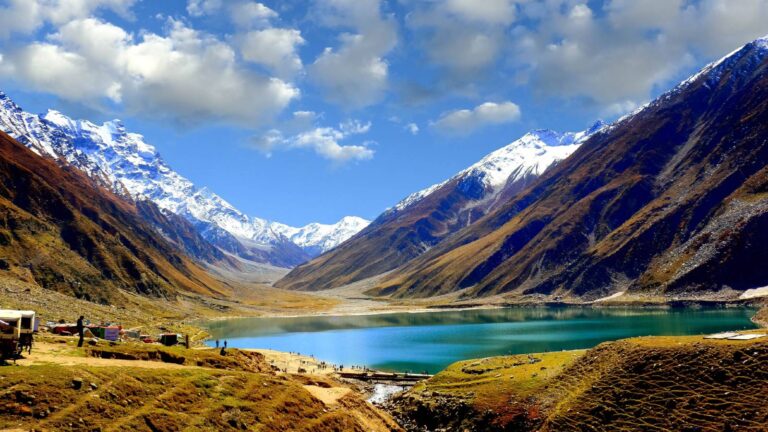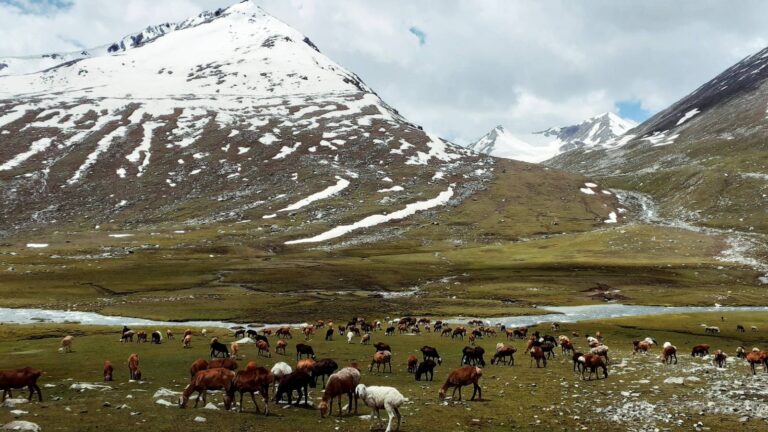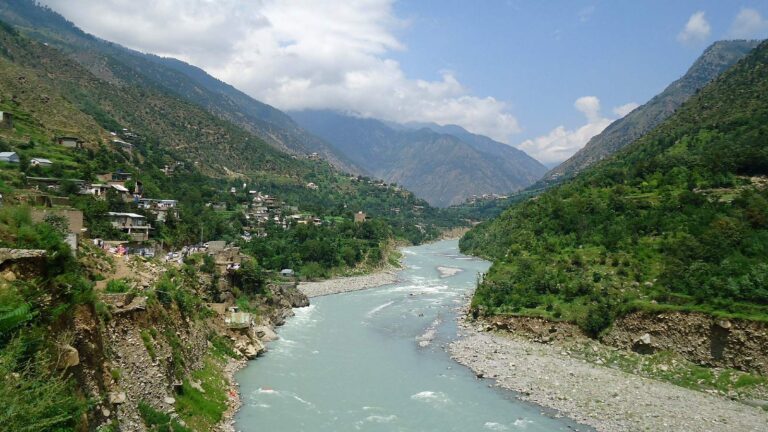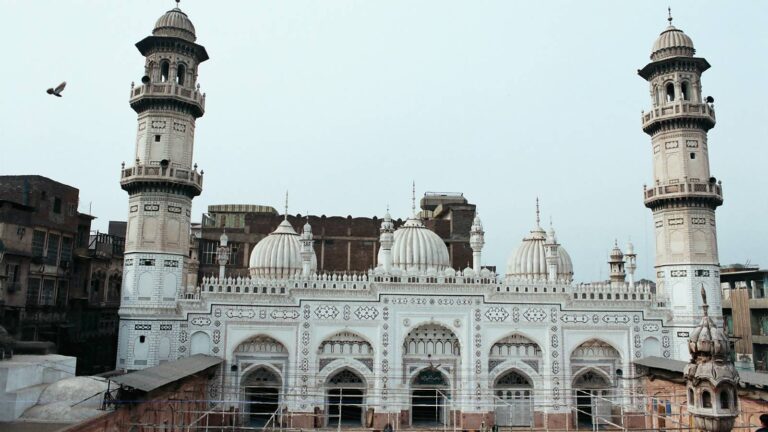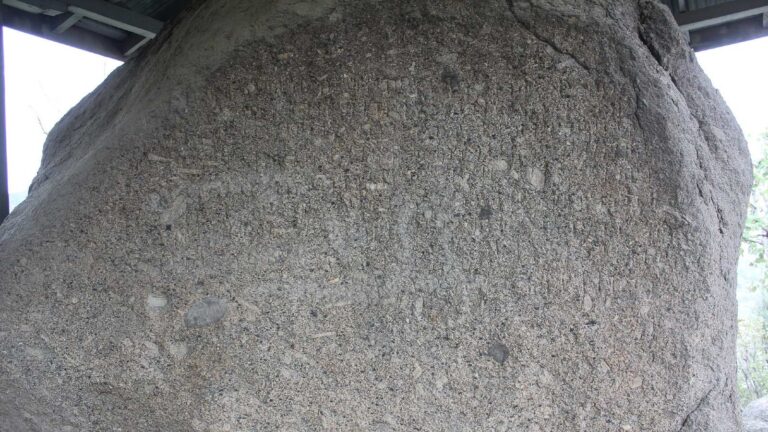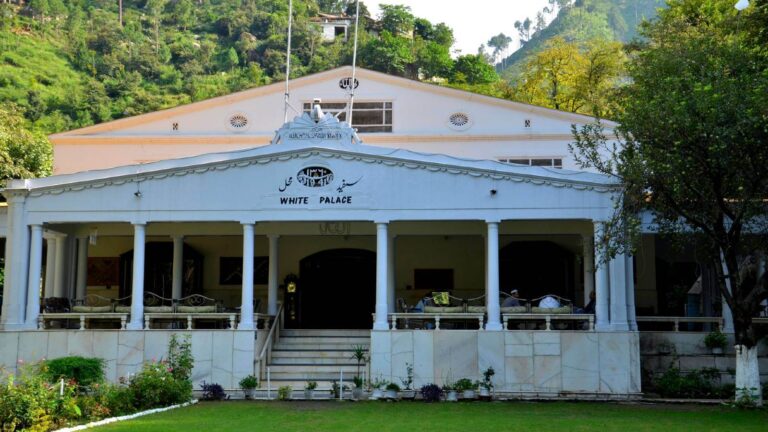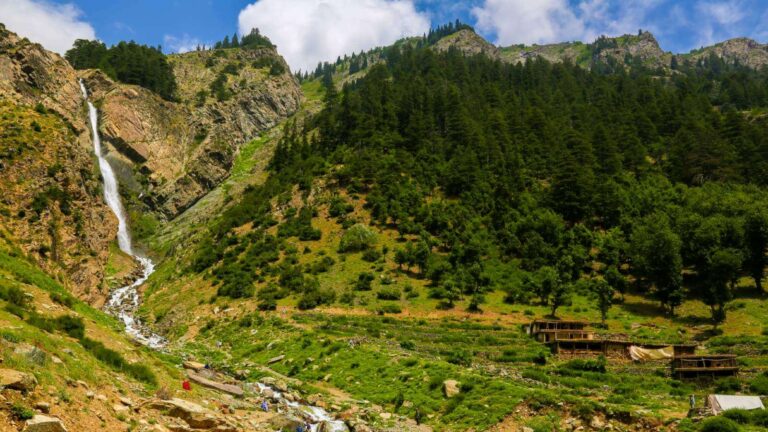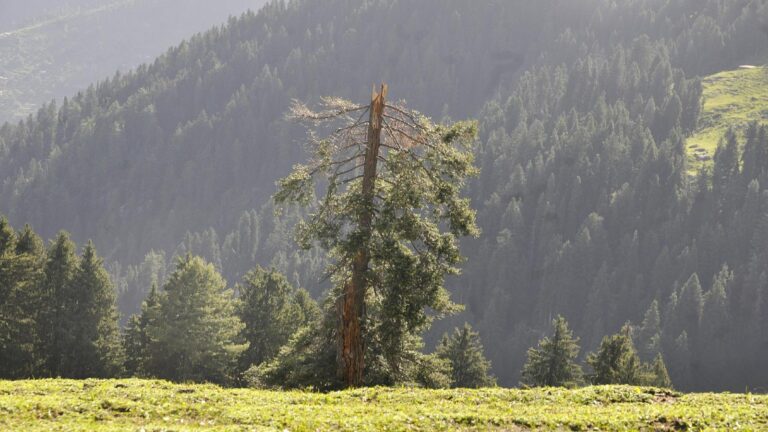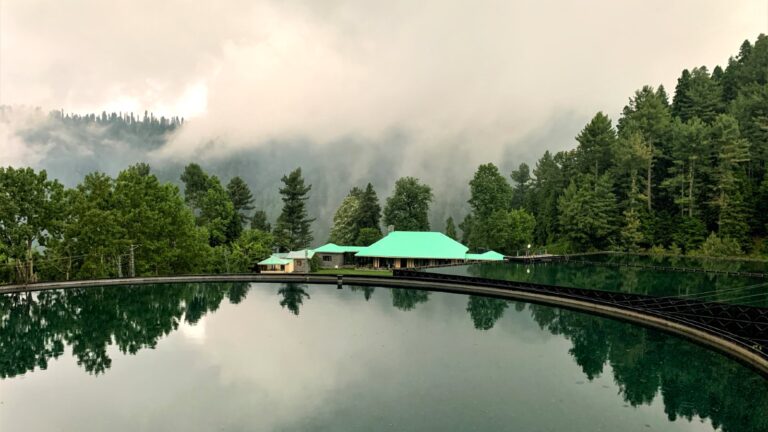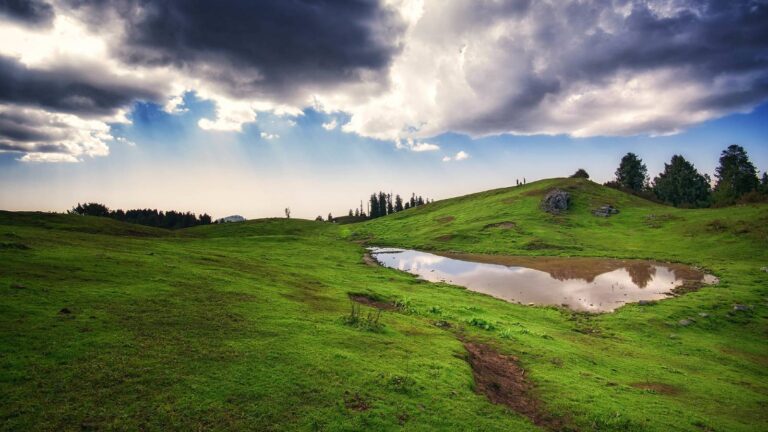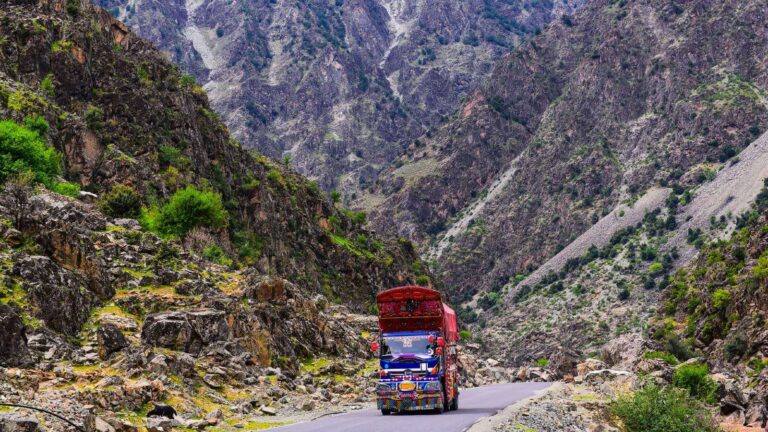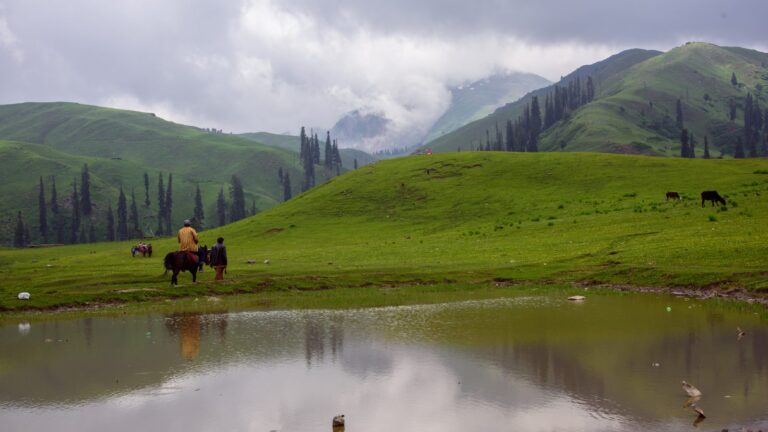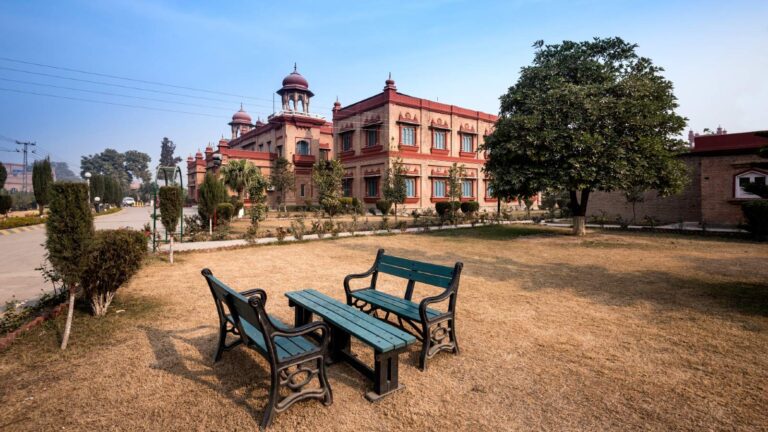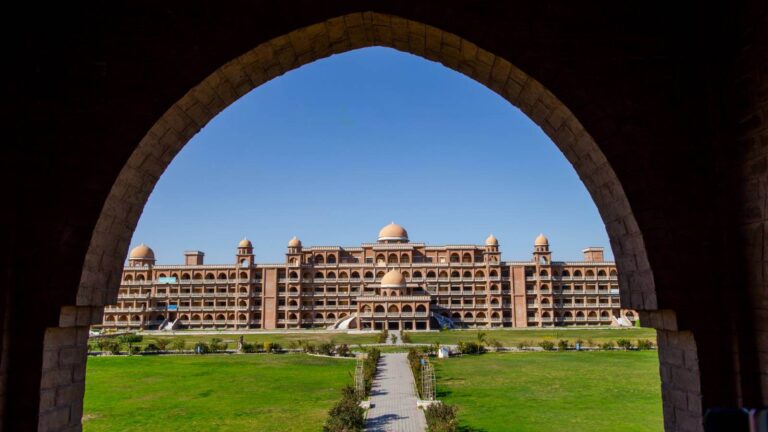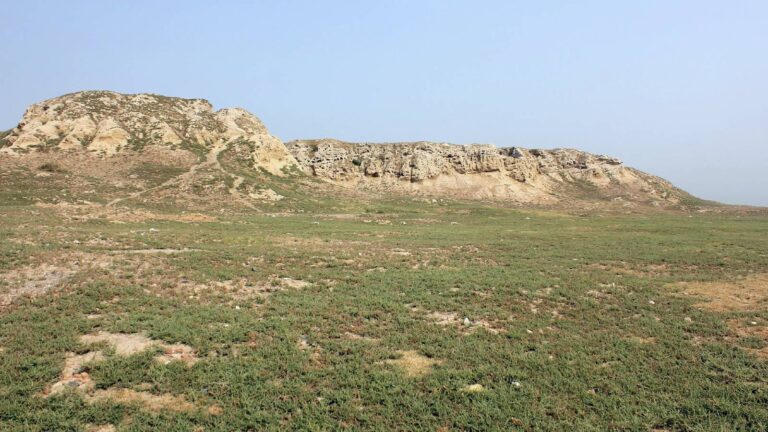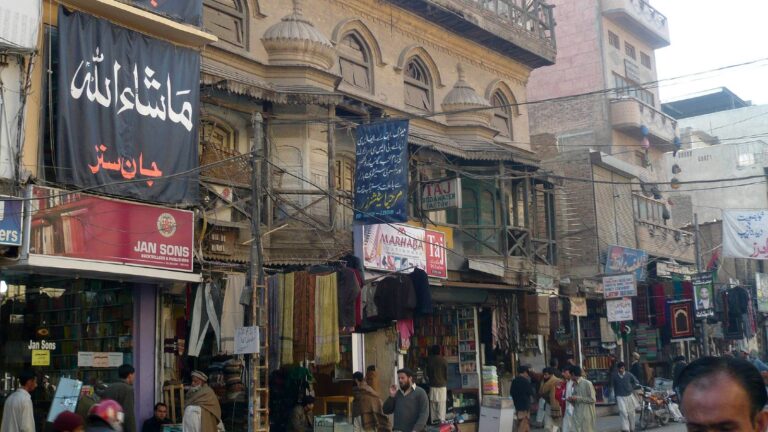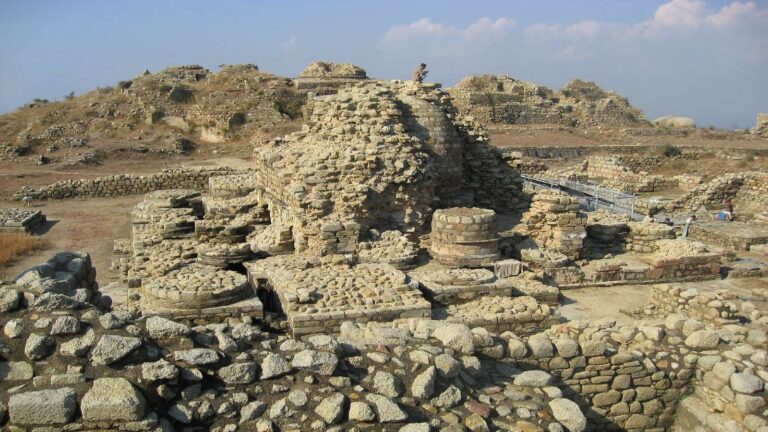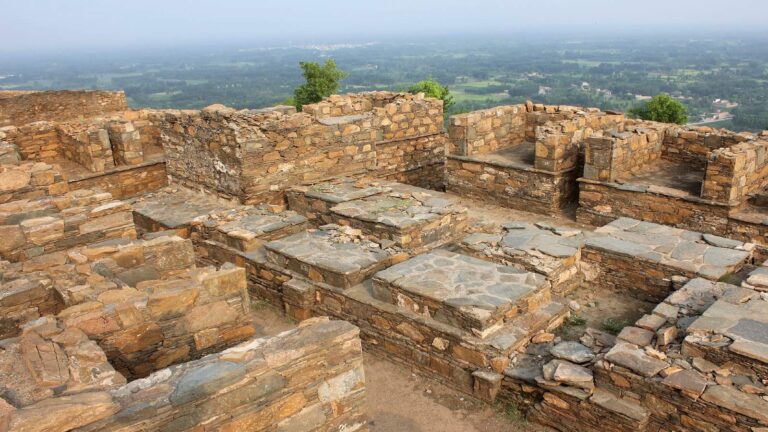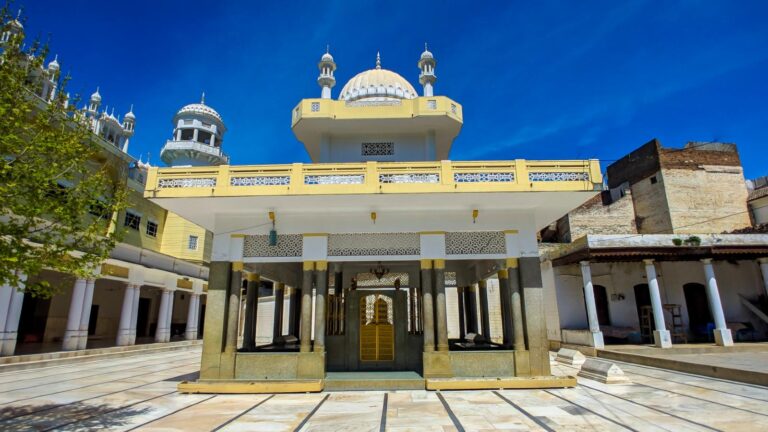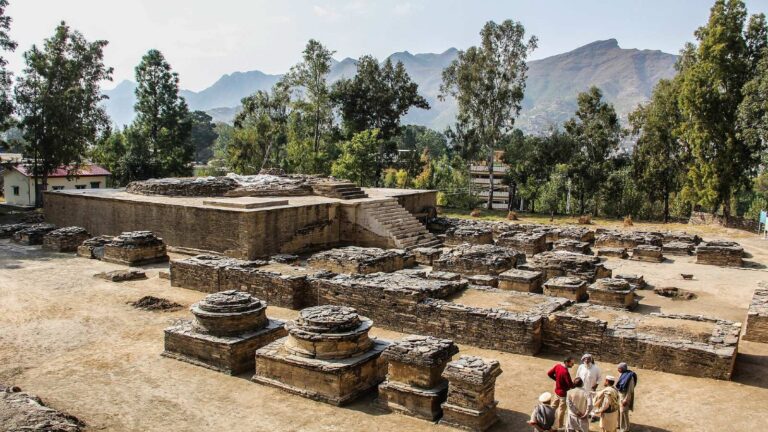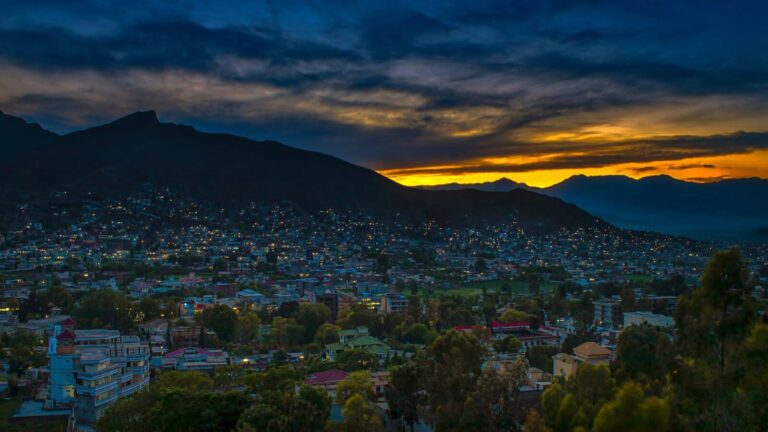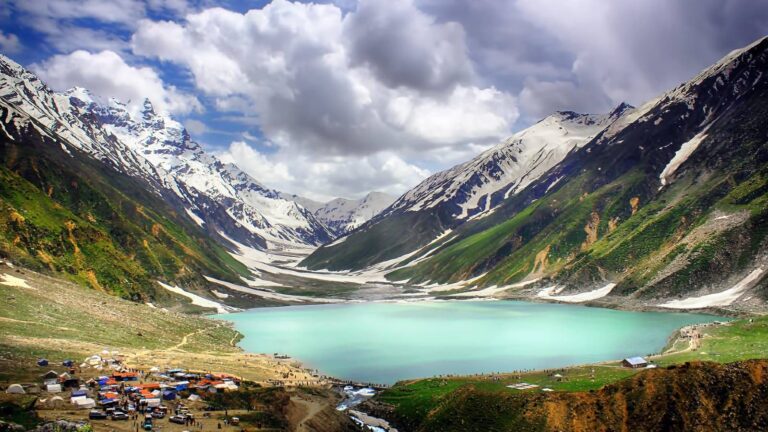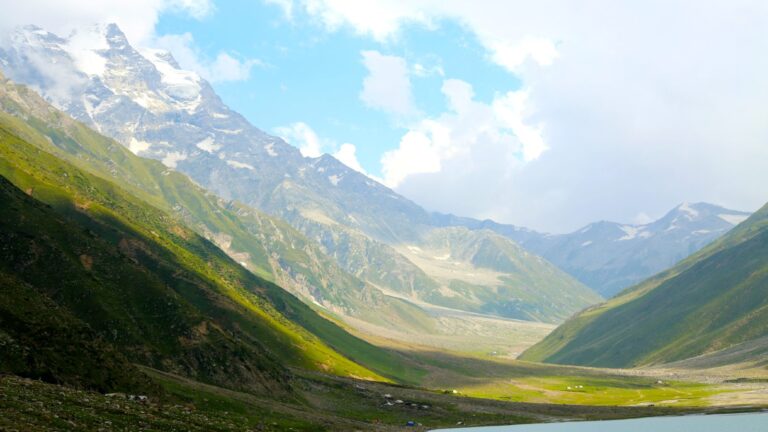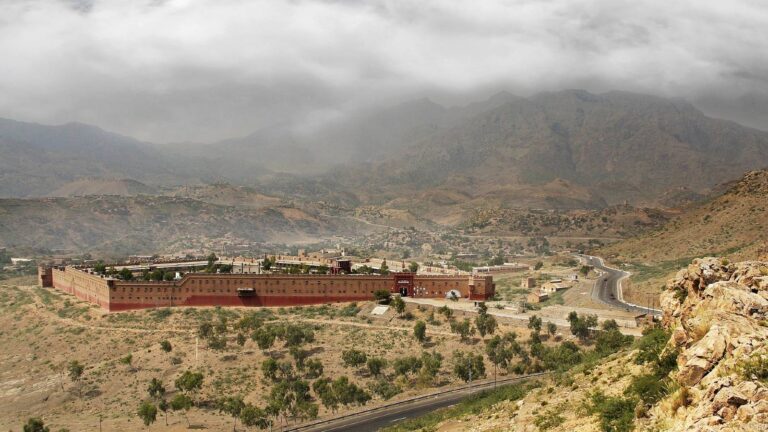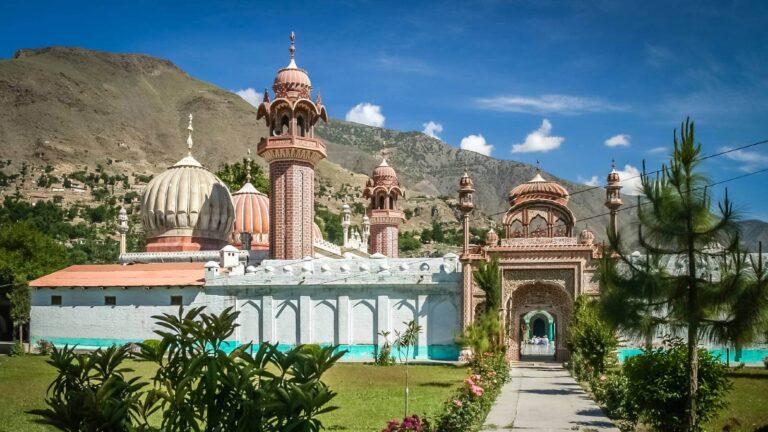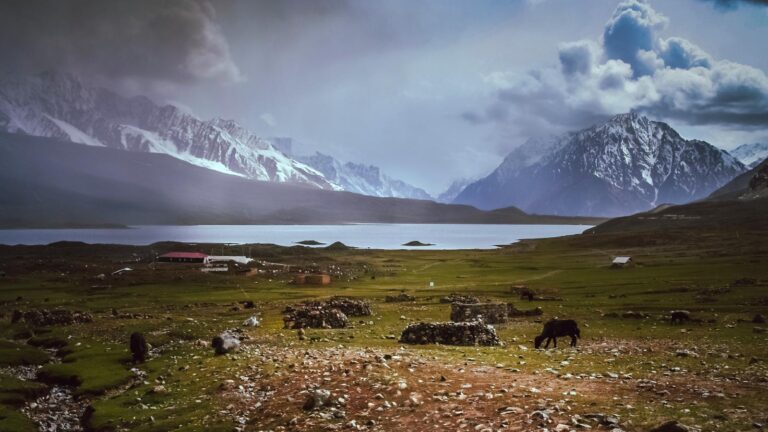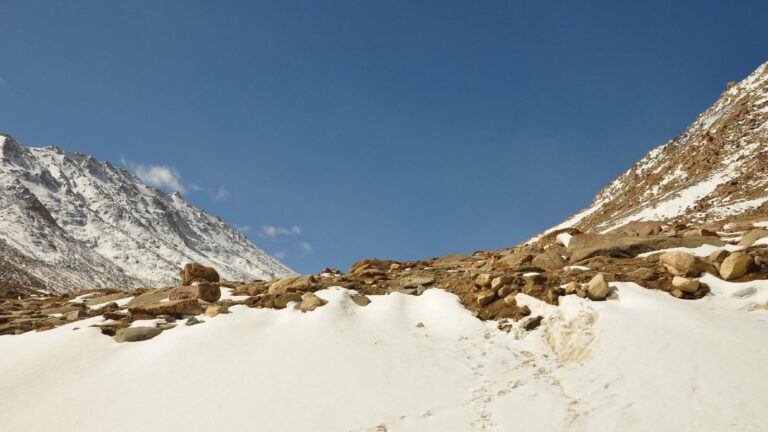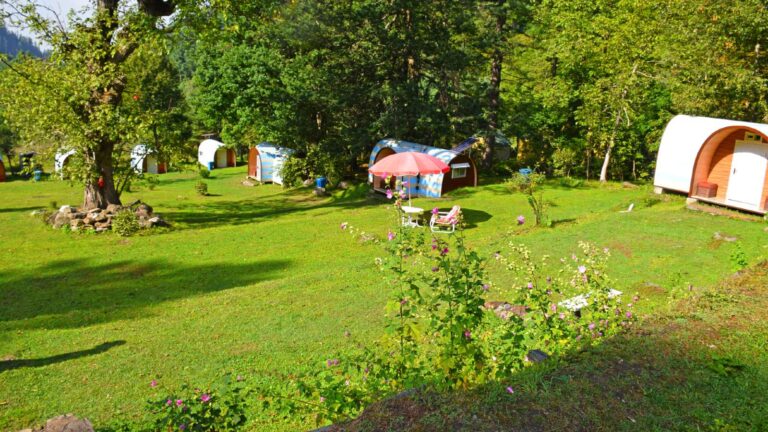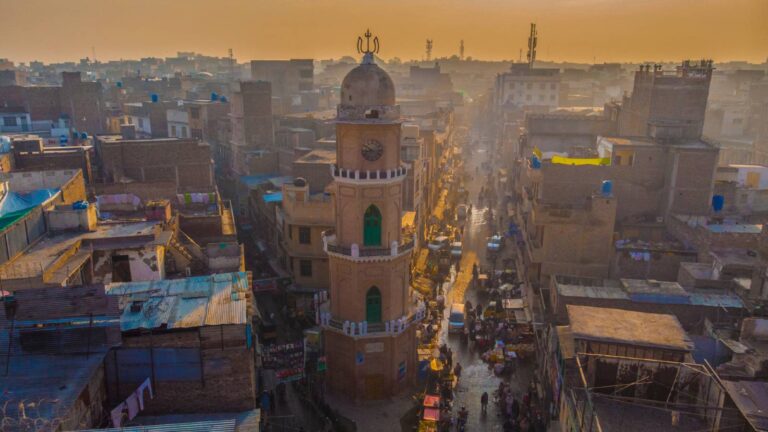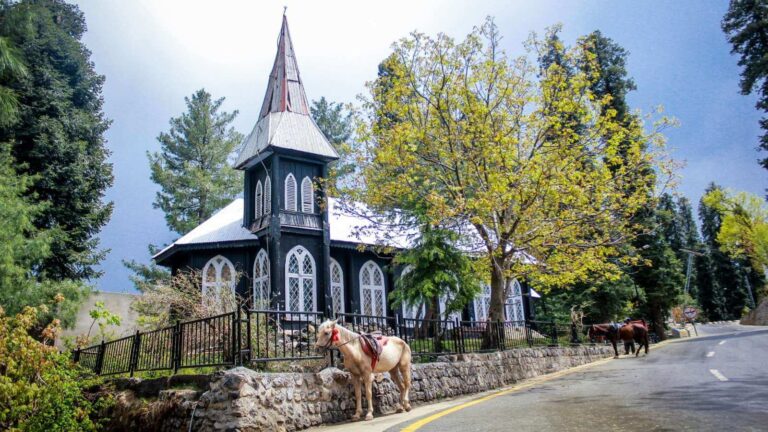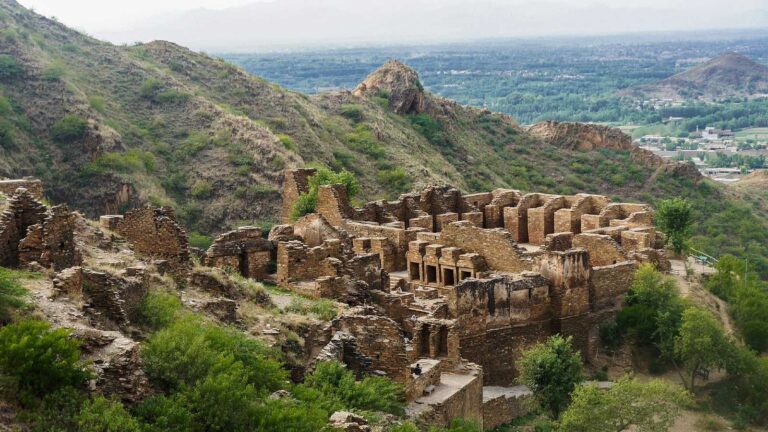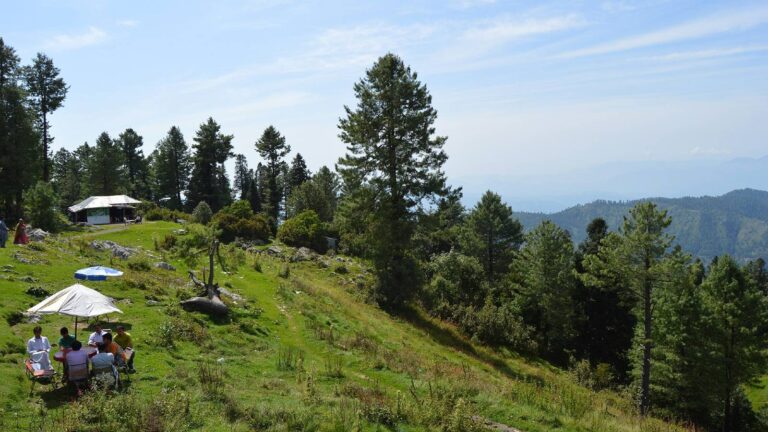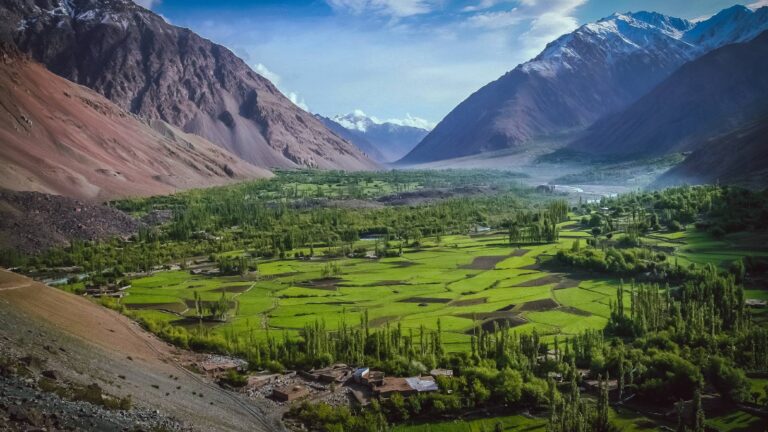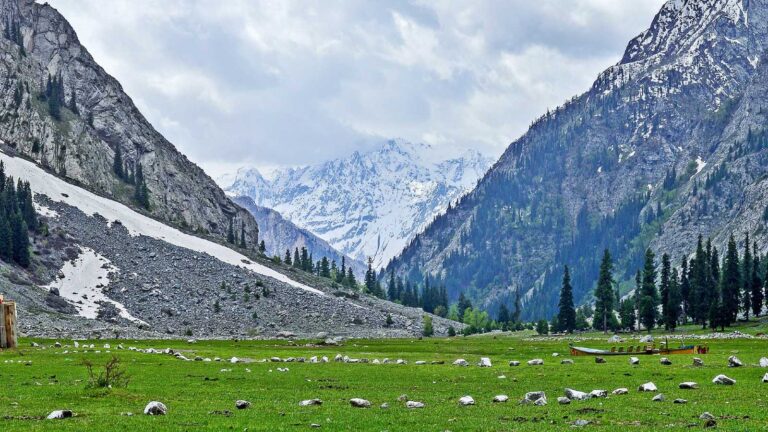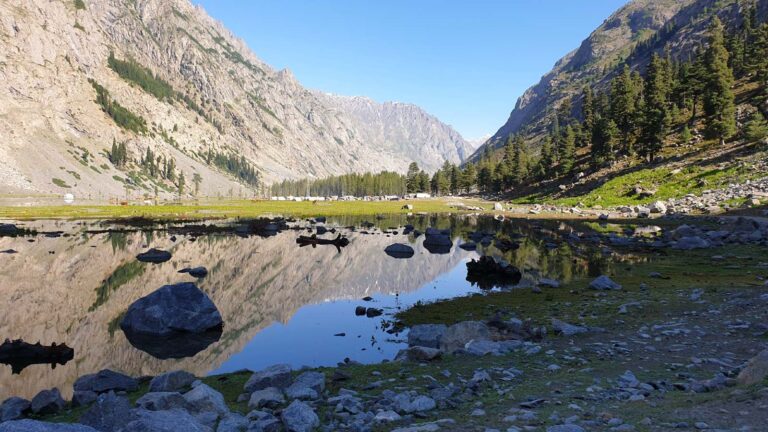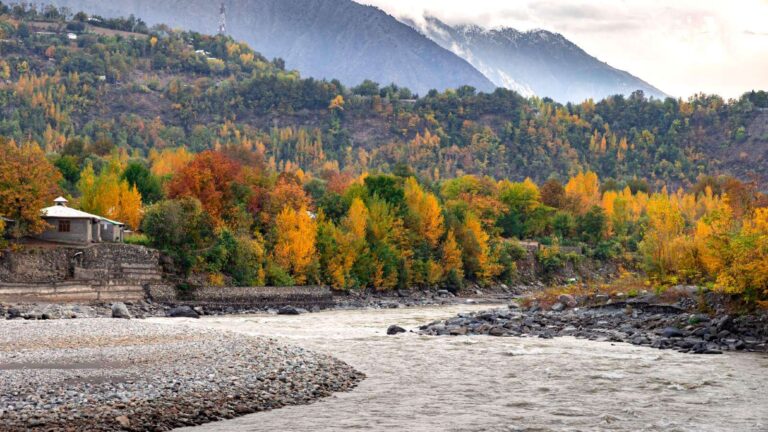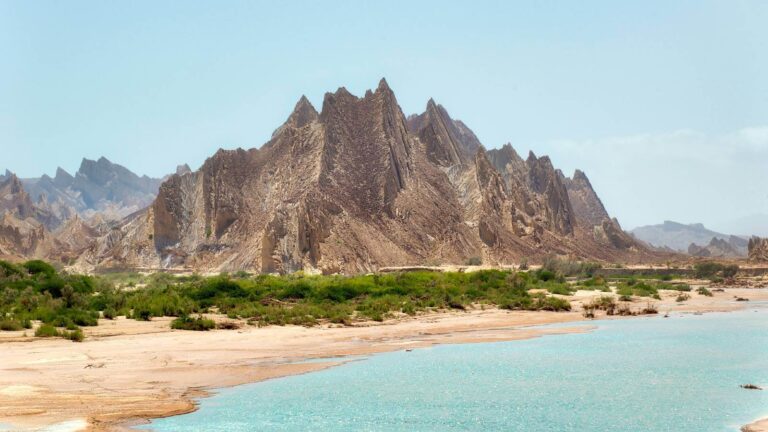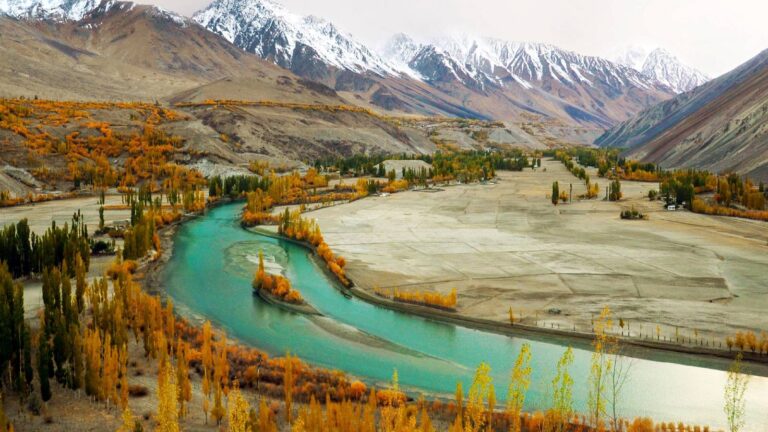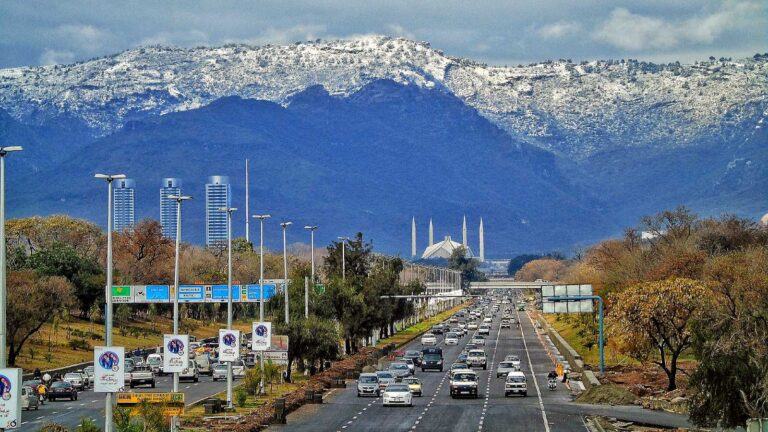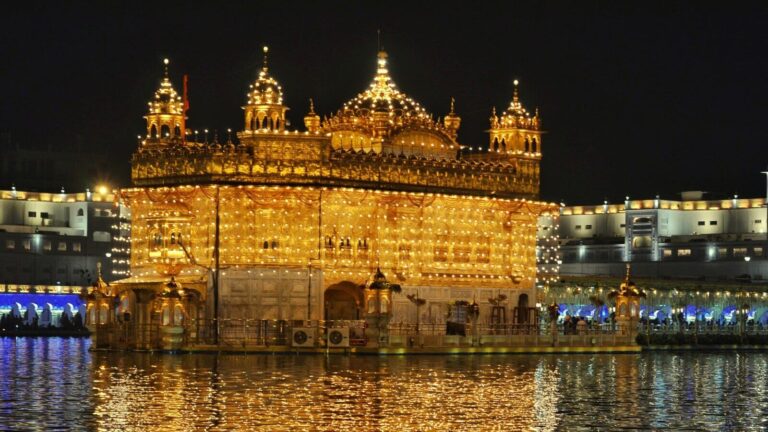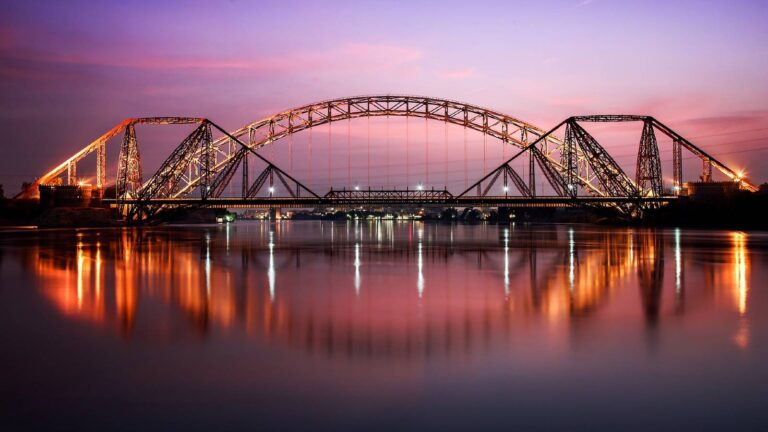You can easily travel to Peshawar by plane by train and Daewoo Coach,
By Plane
Khyber Pukhtankhwa is linked by air to a dozen Pakistan towns and cities (including Karcahi, Lahore, Islamabad, Rawalpindi and many other cities ) and also to number of countries of the world.
By Car/bus
Khyber Pukhtankhwa (KP) is different province and cities of Pakistan by a large network of roads. You can reach KP by Bus, Car, Coaches, and Daewoo from different parts of the country. It is mainly connected with capital of Pakistan (Islamabad) by Motorway M-1 and Via National Highway.
By Train
You can also use the train from other parts of the country to reach Khyber Pakhtunkhwa. Which can enter Khyber Pakhtunkhwa through different areas.
The province is the site of the ancient kingdom Gandhara, including the ruins of its capital Pushkalavati near modern-day Charsadda. Originally a stronghold of Hinduism and Buddhism, the history of the region was characterized by frequent invasions under various Empires due to its geographical proximity to the Khyber Pass.
The province has a varied landscape ranging from rugged mountains, valleys, hills, and dense agricultural farms. There are also several mountain passes that run through the province. Here are some amazing places in the north of the province one must visit in KPK.
Here’s a list of some particularly prominent areas: MALAM JABBA 2. LAKE SAIF-UL-MALOOK 3. NATHIAGALI 4. MUSHKPURI 5. AYUBIA NATIONAL PARK 6. SWAT VALLEY 7. KALASH VALLEY 8. SHOGRAN 9. THANDIANI 10. ANSOO LAKE etc.
Khyber Pakhtunkhwa’s history is greatly influenced by its location. As the gateway to the subcontinent, it has a long, turbulent history of invasions by those who sought the riches of India.
The Aryans began their migration into India around 2000 BC. Coming from the west, these semi-nomadic conquerors entered through KP and initially settled along with the Swat, Gomal, Kurram, and Kabul Rivers.
Over several hundred years, more and more Aryans entered the subcontinent and migrated eastwards into modern-day India. The Persians conquered Gandhara in the 6th century BC and made it one of the provinces of the Achaemenid Empire. As a conquered nation, Gandhara gave tribute to the Persian kings.
In 327 BC Alexander’s army invaded the Indian subcontinent. While Alexander was busy subduing the hill tribes of Swat and Kunar Valleys, his generals entered through the Khyber Pass. Before making his way south, Alexander resided at Taxila where he met a bold young man by the name of Chandragupta Maurya, who was an exiled prince of Magadha (in present-day eastern India).
According to some accounts, Chandragupta Maurya decided to forge an empire in Alexander’s footsteps. Though Alexander did not stay long in the subcontinent and died shortly afterward, his reign had a significant impact.
Greek culture influenced the culture of this region for a thousand years. A prominent example of this is the fusion of Indian and Greek art elements that became known as the Gandharan art style. After Alexander’s death, his general Seleucus claimed the Indian territories.
Pashto folk music is popular in Khyber Pakhtunkhwa and has a rich tradition going back hundreds of years. The main instruments are the rubab, mangey and harmonium. Khowar folk music is popular in Chitral and northern Swat. The tunes of Khowar music are very different from those of Pashto, and the main instrument is the Chitrali sitar. A form of band music composed of clarinets (Surnai) and drums is popular in Chitral. It is played at polo matches and dances. The same form of band music is played in the neighbouring Northern Areas.
The Pashtun comprise many tribes and clans, each taking great pride in its genealogy. Pashto is the main language in the province, except for some areas where Punjabi predominates, and virtually all of the population is Muslim.
Khyber Pakhtunkhwa consists of mountain ranges, undulating submontane areas, and plains surrounded by hills. The mountain ranges generally run in the north-south which is the south of the River Kabul. It divides the Khyber Pakhtunkhwa from east to west. The Hindu Kush region in the North is known for its exotic beauty. The highest peak of the northern Hindu Kush is the Tirich Mir. The rugged basins of the Panjkora, Swat, and Kandia rivers lie in the south of the Hindu raj. The region is tremorous with mild to moderate tremors frequently.
Geographically, the province of Khyber Pakhtunkhwa is divided into two zones, the northern zone, and the southern zone. The northern zone scopes from the Hindu Kush to the borders of the Peshawar basin. The climate of the northern zone is snowy and cold with heavy rainfall in winters. It has pleasant summers with moderate rainfall excluding the Capital Peshawar which is hot in summer. The southern zone ranges from Peshawar to the Derajat basin. It has hot summers with relatively cold winters with minimal rainfall.
Khyber Pakhtunkhwa has the third largest provincial economy in Pakistan. Khyber Pakhtunkhwa’s share of Pakistan’s GDP has historically comprised 10.5%, although the province accounts for 11.9% of Pakistan’s total population. The part of the economy that Khyber Pakhtunkhwa dominates is forestry, where its share has historically ranged from a low of 34.9% to a high of 81%, giving an average of 61.56%. Currently, Khyber Pakhtunkhwa accounts for 10% of Pakistan’s GDP, 20% of Pakistan’s mining output and, since 1972, it has seen its economy grow in size by 3.6 times.
Agriculture remains important and the main cash crops include wheat, maize, tobacco (in Swabi), rice, sugar beets, as well as fruits are grown in the province.
Some manufacturing and high-tech investments in Peshawar have helped improve job prospects for many locals, while trade in the province involves nearly every product. The bazaars in the province are renowned throughout Pakistan.

